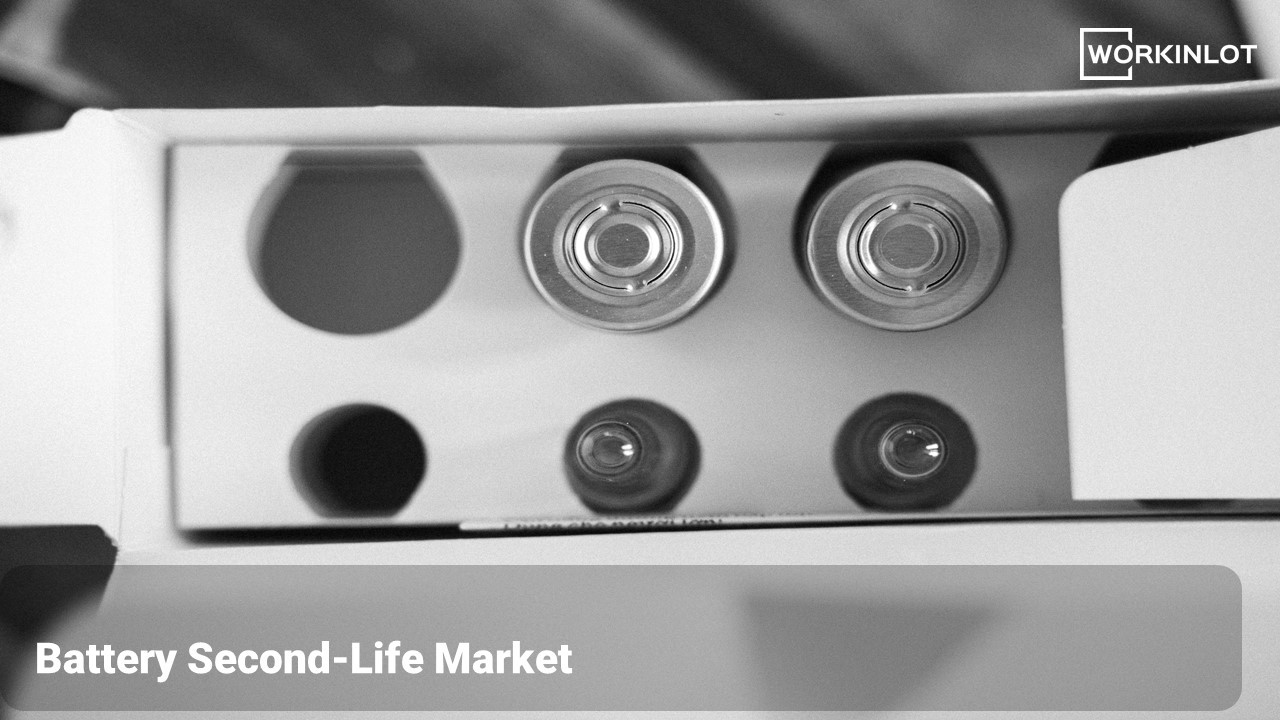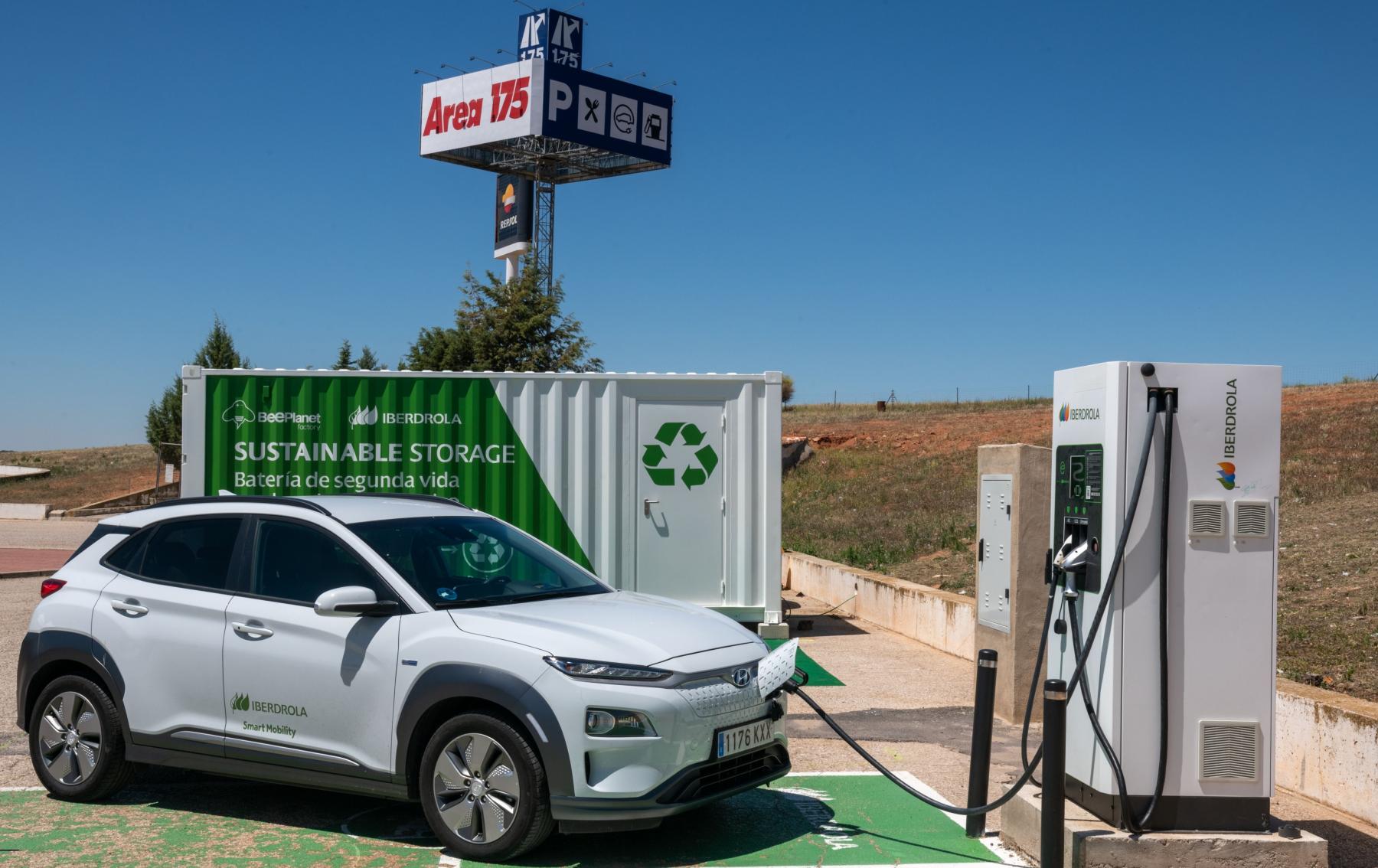
Cover photo by Anna Tarazevich
As electric vehicles (EVs) become increasingly popular, the question of how to evaluate end-of-life electric vehicle batteries is becoming increasingly important.
There are two options to ensure a sustainable lifespan for batteries: battery recycling or second-life applications.
Battery Recycling
The extraction and refining of the minerals that are the building blocks of batteries is a very challenging and costly process. In addition to the difficulties encountered throughout the supply chain, the need for a circular approach to battery waste management has also emerged. (Supply Chain Innovation: Blockchain ve Net Zero Strategy)
In June 2023, the European Parliament approved new rules to make batteries more durable and sustainable. Among the many new regulations of this new law, minimum levels of materials recovered from waste batteries are also emphasized. In classical recycling, the battery arrives at the facility and is charged and discharged. If it performs well for a second-use application, it is positioned as a stationary energy storage.
Second-Use Applications
Another option when batteries reach the end of their useful life is second-use applications. Since electric vehicle batteries still have about 80% of their initial capacity at the end of their useful life, they can be used as stationary energy storage or to provide on-demand charging. For example, they can be integrated into the electricity grid as a renewable energy source to meet increasing energy demand. (C&I Energy Management Startups: Optimizing Power for Big Businesses)
Currently, there is a small market for used electric vehicle batteries. This reality will change as many electric vehicles reach the end of their lifespan in the coming years. By 2030, the usable capacity of used electric vehicle batteries for second-life applications is expected to reach 300 GWh annually.

Partnerships for second-life battery use between companies and startups
- Daimler has initiated a partnership with Li-Cycle Corp, a second-life battery recycling company, to recycle lithium batteries. (Daimler Truck North America pairs up with Li-Cycle to recycle its EV batteries)
- Finnish startup Cactos has developed a 100-kilowatt-hour battery pack using Tesla Model S batteries. They are installing smart energy storage units in the Finnish logistics center of Logitri to support its carbon-neutral goals.(Case Logitri x Cactos - Energy Storage Systems)
- Spanish BeePlanet Factory is also producing storage units. With its infrastructure developed by using recycled batteries from electric vehicles, BeePlanet charging stations can simultaneously service four electric cars. In collaboration with Iberdrola, the new project is helping reduce the carbon footprint of electric vehicle charging stations. (Iberdrola and BeePlanet launch the first electric vehicle charging points powered by 2nd-life batteries in Spain)
- Dutch startup Refurb Battery produces circular, low-carbon battery storage containers scalable from 300kWh to 1MWh. In collaboration with BAM, it provides storage and charging units for charging operations at construction sites.(BAM installs two energy storage systems on construction sites)
- In 2023, Ascend Elements and Honda Motor Co., Ltd. partnered to procure recycled lithium-ion battery materials for Honda electric vehicles in North America. (Honda and Ascend Elements Reach Basic Agreement to Collaborate Toward Stable Procurement of Recycled Lithium-ion Battery Resources in North America)
- GM Ventures led a $50 million Series B fundraising round in EnergyX in 2023, and the company has engaged in a strategic collaboration to enhance its lithium extraction and refinery technologies. (General Motors will lead a $50 million funding round for lithium extraction startup EnergyX)
To achieve such collaborations, we advocate corporate ecosystem designs. Corporate ecosystem structures enable the creation of collaborative projects at different levels, as exemplified above. (Beyond Limits: Corporate Stakeholder Ecosystem Designs)